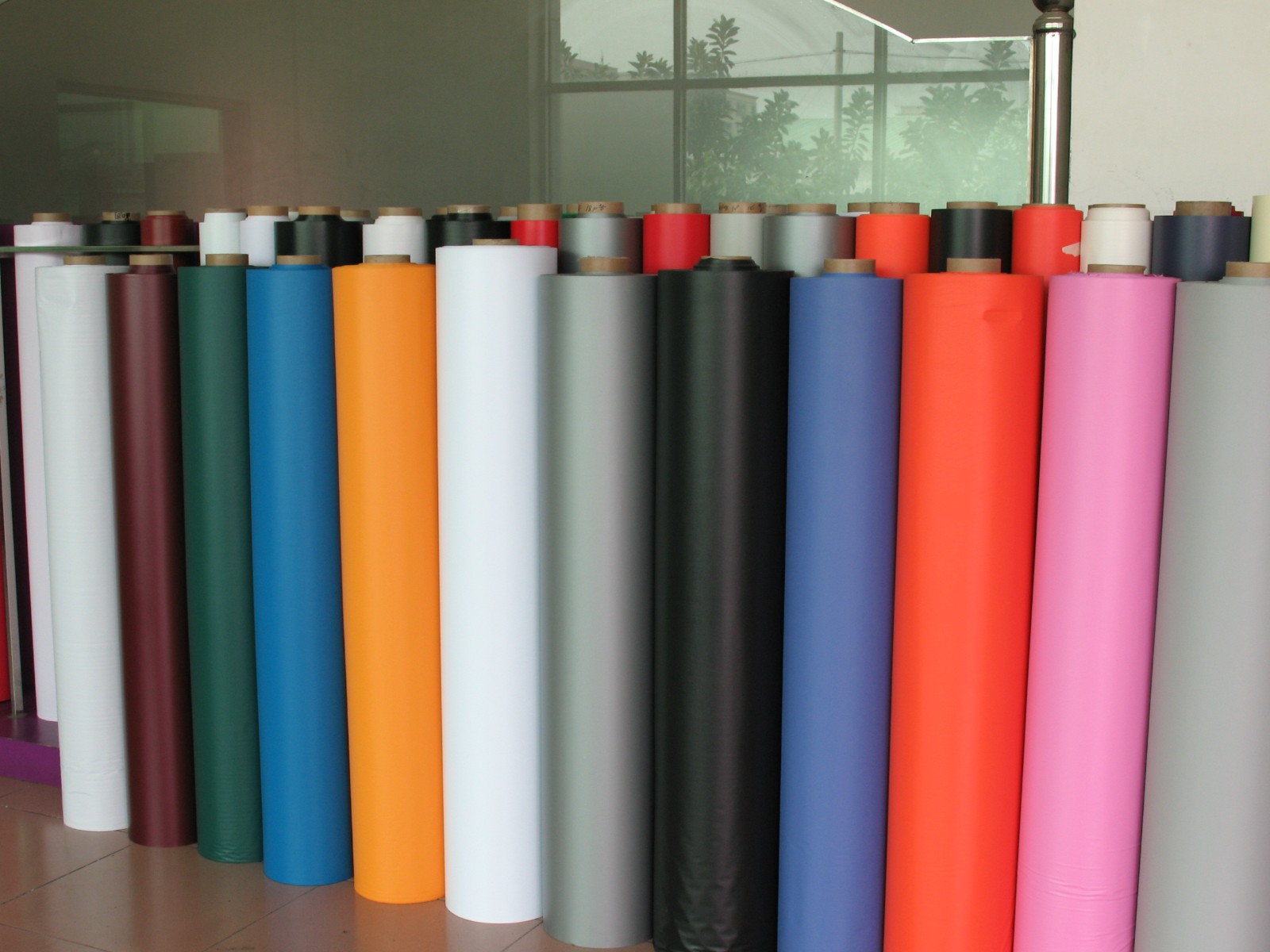At present, the insulation materials used in cable production are roughly divided into PE, PVC, and XLPE. The following ZMS cable editor will introduce the difference between each PE, PVC, and XLPE, the insulation materials used in cables.
Polyvinyl chloride is a polymer made by the free polymerization of vinyl chloride monomer under specific conditions.
It has the characteristics of stability, acid resistance, alkali resistance, corrosion resistance, and aging resistance.
It is widely used in construction materials, everyday products, pipes and tubes, wires and cables, sealing materials, etc.
Divided into soft and hard.
Soft ones are mainly used to make packaging materials, agricultural films, etc. They are widely used in the manufacture of wire and cable insulation layers. Such as ordinary PVC-insulated power cables.
The rigid ones are generally used to make pipes and sheets, etc.
The most important feature of PVC material is that it is flame retardant, so it is widely used in the field of fire prevention and is one of the most common insulation materials used in flame retardant and fire-resistant wire and cable.

Polyethylene is a thermoplastic resin made by the polymerization of ethylene.
The insulation material is non-toxic and harmless, with excellent low-temperature resistance, resistance to most acids and bases, and excellent electrical insulation properties.
At the same time, because polyethylene has the property of non-polarity, it has the characteristics of low loss and high conductive strength.
Therefore, it is generally used as the insulation-making material for high-voltage wires and cables.
Cross-linked polyethylene, is an advanced form of polyethylene material that has been transformed.
It has been improved so that its physical and chemical properties have been substantially improved compared to those of PE.
At the same time, the thermal class has significantly increased.
As a result, cross-linked polyethylene insulated wire and cable has advantages that are incomparable to polyethylene insulated wire and cable: lightweight, good heat resistance, corrosion resistance, relatively high insulation resistance, etc.
1 Increased heat deformation resistance, improved mechanical properties at high temperatures, improved resistance to environmental stress cracking and heat aging.
2 Enhanced chemical stability and solvent resistance, reduced cold flow, basically maintaining the original electrical properties, long-term working temperature up to 125 ℃ and 150 ℃.
Cross-linked polyethylene insulation wire and cable also improves the short-circuit withstanding capacity, its short-time withstanding temperature can reach 250 ℃, the same thickness of wire and cable, cross-linked polyethylene load capacity is much larger.
3 XLPE insulated wire and cable has excellent mechanical, waterproof, and radiation resistance properties, so the application area is wide.
Such as the internal connection line of electrical appliances, motor leads, lighting leads, automotive low-voltage signal control lines, locomotive wires, subway wires, and cables, mining environmental protection cables, marine cables, nuclear power laying cables, TV high-voltage lines, X-RAY hit the high-voltage line, and power transmission wire and cable and other industries.

Low working temperature, short thermal aging life, small transmission capacity, low overload capacity, smoke, and acid gas hazards in case of fire.
Common products in the wire and cable industry, have good physical and mechanical properties, good processing performance, low cost, and selling prices.
But contains halogen, sheathing the largest amount.
Excellent electrical properties, with all the above advantages of PVC.
Commonly used in wire or cable insulation, data line insulation material, low dielectric constant, suitable for data lines, communication lines, and a variety of computer peripheral line core line insulation.
Almost as good as PE electrical properties, while the long-term working temperature is relatively higher than PE, mechanical properties are better than PE, and aging resistance is better.
It is a new type of environmental protection product with high-temperature resistance and good environmental resistance, thermosetting plastic.
It is commonly used in electronic wires and places with high environmental resistance requirements.
XLPO cross-linked polyolefin
EVA, low smoke halogen-free class, irradiated cross-linked or vulcanized rubber-like cross-linked olefin polymer.
A general term for a class of thermoplastic resins obtained by the individual polymerization or co-polymerization of ethylene, propylene, 1-butene, 1-pentene, 1-hexene, 1-octene, 4-methyl-1-pentene, and other alpha-olefins, as well as certain cyclic olefins.
XLPE cross-linked polyethylene
XLPE, cross-linked polyethylene, silane cross-linked or chemically cross-linked, is a thermoplastic resin made from ethylene by polymerization. In industry, it also includes copolymers of ethylene with small amounts of alpha-olefins.
What kinds of insulated wire and cable are available
The following types of insulated wires are often available.
PVC insulated wire, PVC insulated flexible wire, nitrile PVC mixture insulated flexible wire, rubber insulated wire, agricultural underground direct burial aluminum core plastic insulated wire, rubber insulated cotton yarn textile flexible wire, PVC insulated nylon sheathed wire, PVC insulated flexible wire for power and lighting, etc.
The above is the introduction of cable insulation materials. Cable insulation is one of the essential materials for the production of cables because its role has been related to the safety of people's lives, so the choice of high quality XLPE PVC cable with insulation material is very important.